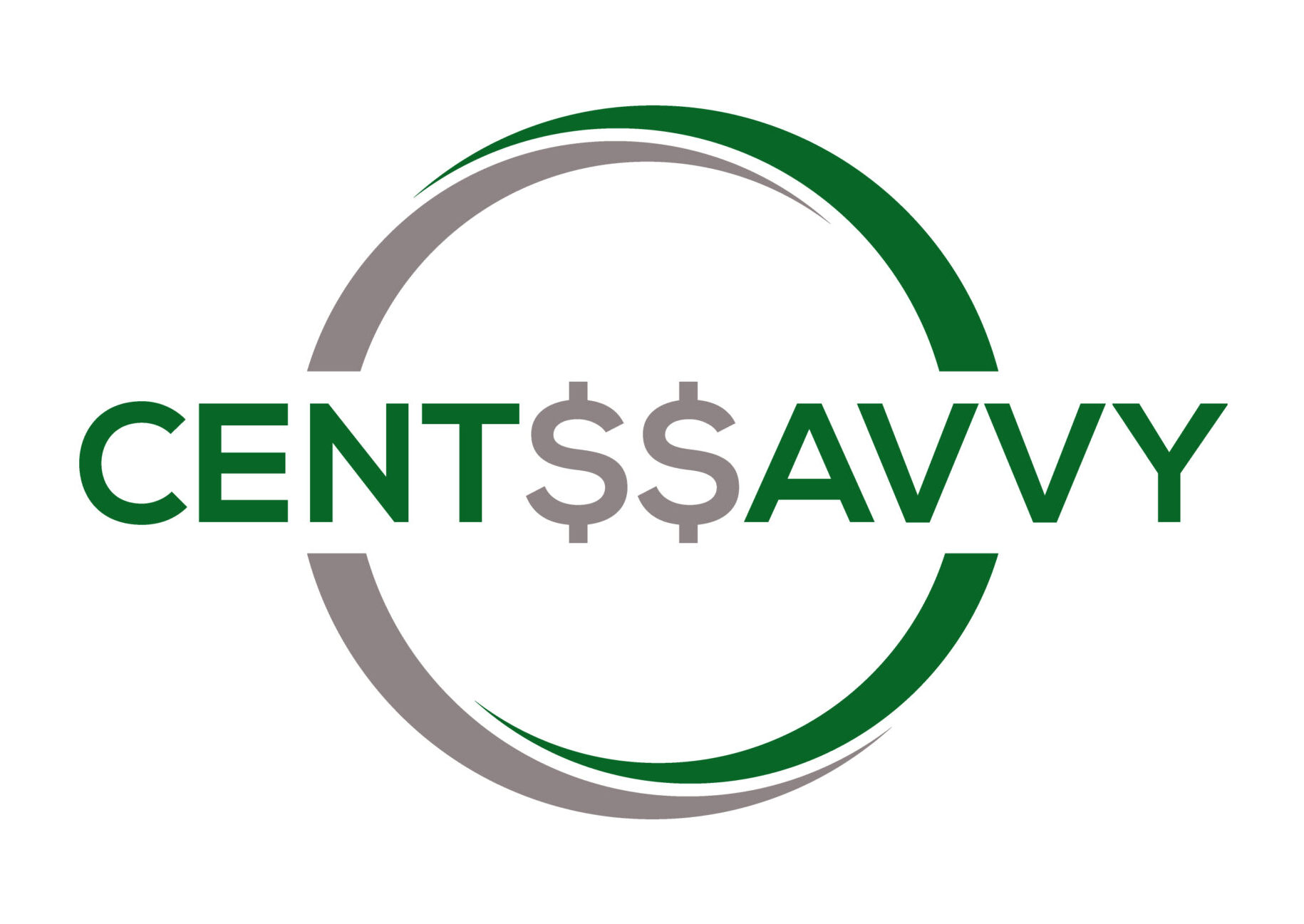Demystifying Your Taxable Amount: A Comprehensive Guide
When it comes to tax preparation, understanding your taxable amount is crucial. Knowing how much of your income is subject to taxes can help you make informed decisions and optimize your tax planning strategies. In this comprehensive guide, we will unpack the basics of taxable income, explore the impact of deductions and credits, discuss the significance of filing status, and provide tips on how to navigate business tax filings. Whether you’re a tax preparation client looking for professional assistance or simply want to enhance your understanding of taxable amounts, this guide is here to help.
Unpacking the Basics of Taxable Income
At the heart of any tax preparation process is a fundamental component known as taxable income. This term might sound straightforward, but it encapsulates a wide array of income sources, from your standard wages and salaries to bonuses, commissions, and even certain types of investment income. Essentially, taxable income represents the bedrock upon which your tax liability is calculated. It’s the starting line from which the journey through deductions, credits, and exemptions begins, each step potentially altering the course of your financial obligations to the government.
Grasping the full spectrum of what constitutes taxable income is pivotal. Not only does it ensure compliance with federal and state tax laws, but it also lays the groundwork for strategic tax planning. For instance, understanding that certain forms of income are taxable, while others may be partially or entirely exempt, can significantly impact the accuracy of your tax calculations and ultimately, the size of your tax bill or refund.
Moreover, this understanding extends beyond mere compliance. It opens up avenues for savvy financial planning, allowing individuals and businesses alike to navigate the complexities of tax regulations with confidence. Whether it’s identifying opportunities to shift income into lower tax years or recognizing potential tax-saving investments, a solid grasp of taxable income serves as the cornerstone of effective tax management.
As we delve deeper into this guide, keep in mind that the concept of taxable income is not just about identifying what is taxable but also about understanding its role in the broader context of tax planning and financial strategy. This knowledge is not just a tool for compliance; it’s an asset for financial empowerment.
Exploring the Impact of Deductions and Credits
Deductions and credits are pivotal elements in the orchestration of your financial narrative, especially when it comes to sculpting your taxable amount. Let’s navigate through the nuanced landscape where these financial mechanisms reside. Deductions, the first of these mechanisms, act as a scalpel, carefully carving away at your taxable income. Imagine being able to reduce the breadth of your taxable landscape, making it more manageable and less imposing. That’s the power deductions wield. They range from expenses such as mortgage interest and educational costs to charitable contributions, each offering a path to lower your taxable income.
Credits, on the other hand, serve as direct offsets against your tax liability, not just reducing your taxable income but subtracting from the very taxes you owe. They’re akin to having a voucher in hand when you reach the tax payment counter – a dollar-for-dollar reduction that can significantly lighten your financial load. Among these, you’ll find energy-saving home improvement credits, credits for education expenses, and even for adopting children, each designed to reward specific behaviors with direct tax savings.
As we delve into the impact of deductions and credits, it’s important to approach them with a strategic mindset. Identifying which deductions and credits you qualify for requires a thorough understanding of the tax code and your financial situation. Moreover, knowing how to effectively utilize these tax benefits can be the difference between an expected tax outcome and a surprisingly favorable one. By actively engaging in tax planning and seeking professional guidance, you can ensure that you’re not just compliant with tax laws but are also optimizing your financial picture to its fullest potential.
The Significance of Filing Status in Determining Taxable Income
Navigating the realm of taxes, one often overlooks the nuanced yet profound role that filing status plays in sculpting the taxable income landscape. Think of your filing status not just as a bureaucratic label but as a key player in the financial story you’re authoring. It’s akin to choosing a path in a forked road, where each direction leads to a distinct outcome in terms of tax rates and standard deductions, significantly influencing the fabric of your taxable amount.
The choice between single, married filing jointly, married filing separately, or head of household is far from arbitrary. It’s a strategic decision that demands a thoughtful evaluation of your personal circumstances. This decision can alter the scale of your taxable income, akin to adjusting the zoom on a lens, bringing certain financial details into clearer focus while softening others. For example, those who choose to file as married filing jointly often enjoy a lower tax rate on a larger portion of their income, as well as higher income thresholds for tax benefits.
This critical aspect of tax planning underscores the importance of not just understanding the tax code but engaging with it in a way that aligns with your unique financial narrative. It’s about harnessing the power of your filing status to craft a tax scenario that not only complies with the law but also optimizes your financial well-being. As you navigate this choice, consider how each filing status might serve as a tool in achieving your broader financial goals, transforming what seems like a simple decision into a pivotal tax planning strategy.
Tax Planning Strategies to Optimize Your Taxable Amount
Embarking on the journey of tax planning requires a map and a compass, with strategies serving as our guiding stars. Delving into the art of timing can unveil opportunities to align income and expenditures in a manner that reduces our taxable silhouette. By deftly shifting income to years with a lower tax bracket expectation or accelerating deductions into the current tax year, we can sculpt our financial landscape to our advantage.
Utilization of retirement accounts stands as a cornerstone of tax-efficient planning. Contributions to traditional IRAs or 401(k)s not only pave the path toward a secure retirement but also lower your taxable income, as these contributions are made pre-tax. Further exploration into tax-advantaged investments, such as municipal bonds or certain types of mutual funds, reveals additional avenues to navigate the terrain of taxation with finesse.
The convergence of these strategies illuminates the route to a minimized taxable amount, ensuring each financial decision we make not only adheres to the compass of compliance but also propels us closer to our ultimate destination of financial optimization. In this nuanced expedition, the wisdom of proactivity stands out, encouraging a dynamic approach to planning that anticipates shifts in the fiscal landscape and adapts with strategic precision.
Navigating Business Tax Filings and Taxable Amounts
Steering through the landscape of business tax filings demands a nuanced understanding and strategic approach, especially when pinpointing the taxable amount pivotal for your enterprise. The terrain of business taxation is intricate, populated with varying rules, deductions, and opportunities unique to the business structure – be it a sole proprietorship, partnership, corporation, or an S corporation. Each entity type encounters its own set of tax treatments and implications, affecting the taxable amount in distinctive ways.
Diving into this complex world, the focus isn’t solely on fulfilling tax obligations but also on leveraging the intricacies to benefit your business’s financial health. Identifying permissible deductions, such as operating expenses, home office deductions, or depreciation, and understanding how to apply them correctly can significantly reduce the taxable income of your business. Similarly, tapping into tax credits designed to incentivize business activities can further lower your tax liability.
This journey through business tax filings and the exploration of taxable amounts is far from solitary. Engaging with a professional, well-versed in the labyrinth of tax laws, can illuminate paths you may not have considered, ensuring that every decision made not only aligns with regulatory compliance but also strategically positions your business for financial efficiency and growth.
The Role of a CPA in Managing Your Taxable Amount
Embarking on the path of tax planning and optimization, the expertise of a Certified Public Accountant (CPA) becomes an indispensable navigational aid. This professional’s role extends far beyond mere compliance; it encompasses a deep dive into the strategic management of your taxable amount. A CPA serves as a skilled navigator, steering through the intricate waters of tax laws, deductions, and credits with precision. Their insight can unlock potential savings and strategies that may otherwise remain obscured, ensuring that every aspect of your financial landscape is leveraged for optimal tax efficiency.
Through personalized advice and a keen understanding of tax planning strategies, a CPA can help illuminate opportunities to maximize your financial benefits. This collaboration is not just about mitigating your current tax liabilities but also about fortifying your financial health against future uncertainties. With a CPA by your side, the journey toward minimizing your taxable amount becomes a calculated and informed pursuit, tailored to harness the full potential of your financial decisions and propel you towards your desired fiscal outcomes. For more information, please visit Cents Savvy Tax Resolution and Preparation

